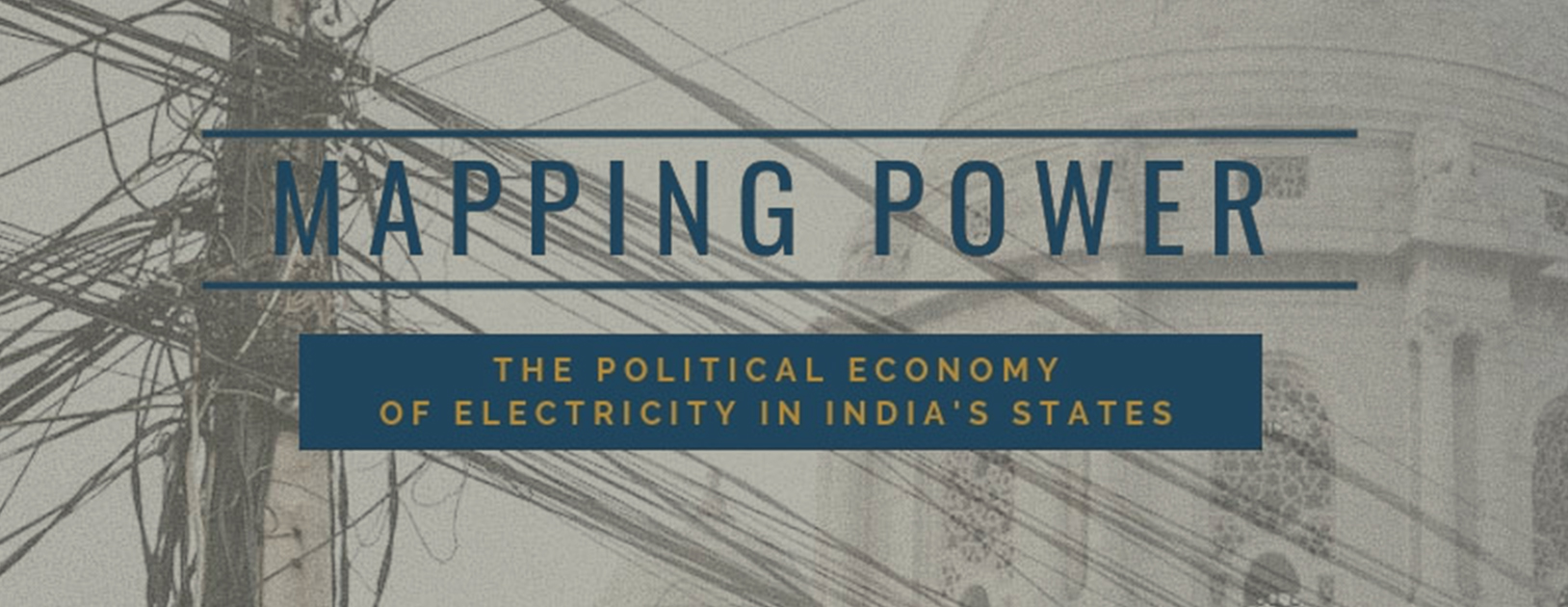This year Uttarakhand’s state electricity distribution company (discom) was awarded an A+ by the Ministry of Power for its strong performance. This is an impressive achievement. Every year the Ministry of Power evaluates the financial and technical performance of India’s state discoms, giving each a rating between A+ and C. The Uttarakhand Power Corporation Limited (UPCL) was the only discom outside of Gujarat to secure an A+ rating. Only five of forty-one state discoms in India were given the top mark.
Uttarakhand’s power sector has undergone a remarkable transformation over the last two decades, to arrive at the position today where the state’s lone public discom is able to out-perform most of its peers around the country. At the root of this transformation have been two crucial elements: plentiful cheap hydro power coupled with rapid industrialisation in the state. Together these have been a golden combination for Uttarakhand. With cheap power and plentiful industry revenue, the UPCL has been able to improve its financial performance. This has happened even while the UPCL continues to report high commercial losses among non-industrial consumer groups.
When setting out as a newly formed state in 2000, Uttarakhand was under-developed, with low levels of industry and subpar electricity transmission infrastructure. Shortly after the state was formed, the UPCL’s industry users made up 21 percent of consumption, and the discom was reporting aggregate technical and commercial (AT&C) losses of 54 percent. The consumer mix and loss levels were akin to neighbouring Uttar Pradesh, from which Uttarakhand was carved-out. Yet while Uttar Pradesh has seen little change in its power sector situation in the years since, Uttarakhand’s power sector was soon to be on a path of transformation.
First, Uttarakhand had inherited a large amount of hydro power generation capacity. In 2003, the total energy available to Uttarakhand was 5,300 million units, while the state’s requirement was just 3,900 million units. In 2003, the newly set-up Uttarakhand Electricity Regulatory Commission (UERC) capitalised on this advantage, ordering a reduction in electricity tariffs. In its first tariff ruling, it significantly reduced the tariff that the UPCL had to pay the state’s hydro power generation company, which allowed it to then order the UPCL to reduce the tariffs that it charged to all consumer groups, except farmers. This firmly established Uttarakhand as a low tariff state, attractive for industry.
Second, in 2003 the Government of India launched an industrial policy for Uttarakhand and Himachal Pradesh, which included generous tax and central excise benefits to industry investing in the state. The policy was a huge success. Between 2000 and 2011, the number of factories in the state more than tripled. The result of this was that a favourable consumer mix was won for the UPCL. By 2011, industrial consumers contributed 63 percent of the UPCLs revenue, even while they only made up 1.1 per cent of its customers. Industry revenue is important, because industry users pay higher tariffs, cross-subsidising discom losses made supplying domestic and agricultural consumers at lower tariffs.
Plentiful cheap hydro power and a large revenue stream from industrial consumers transformed the position of the UPCL. In 2016-2017 the UPCL’s reported AT&C losses of just 16.28 percent. Power cuts in Uttarakhand are limited, universal electrification has been achieved, and the state government does not subsidise electricity tariffs.

Figure 1: Revenue Mix in 2016-17
The UPCL has been able to secure its A+ rating even as clear problems remain. Beyond industry consumers, AT&C losses associated with all other users in the state were 27 percent in 2016-2017. In seven distribution divisons, AT&C losses are in excess of 30 percent, including Roorkee where they are 36 percent. For years the UPCL has moved slowly to deal with these losses. Every year the UERC orders the discom to act on high levels of provisional billing, to replace mechanical meters and defective meters, and to claim outstanding arrears. Each year the UPCL makes little progress on these problems.
Having a state discom ranked A+ for its performance makes Uttarakhand an outlier state in terms of its power sector. Looking to the future, several road bumps lie in view. Rapid economic growth and industrialisation in the state has meant that electricity demand has risen fast. Yet there has been insufficient cheap hydro power capacity added to meet this demand. Instead, the UPCL is increasingly purchasing much more expensive gas-based generation. This is feeding through to higher tariffs. Coupled with this, central government incentives are now expiring which brought many industry players to the state. Industrial consumption over recent years has decreased marginally in Uttarakhand. The UERC puts this down to growing use of open access mechanisms that allow industry to buy power from generators outside the state, the installation of rooftop solar, and the effects of energy efficiency programs. If Uttarakhand fails on providing quality and reliable supply of power at competitive rates then industry consumption may fall further. In such a scenario, the UPCL’s performance is likely to suffer, and its A+ rating will be at risk.
Jonathan Balls is a New Generation Network (NGN) Post-Doctoral Scholar at the Australia India Institute, University of Melbourne, Australia. This research is based on work presented in full in the book Mapping Power, edited by Navroz K Dubash, Sunila S Kale, and Ranjit Bharvirkar.
Op-Eds in the Mapping Power Series:
- Reform is All About Getting the Politics Right
- How to Reform Uttar Pradesh’s Troubled Power Sector
- Consumers Upfront in Tale of Two Reforms in Andhra
- Taking Two Steps Forward, One Step Back
- Karnataka’s Power Politics
- AAP and the Politics of Power in Delhi
- New Trends Demand New Strategies in Maharashtra
- Electricity Distribution in Gujarat: A Sustainable Energy Future Roadmap?
- Small Gains Behind Mounting Losses in Jharkhand
- Power Politics at Play
- The Saga of the Subsidy Trap in the Tamil Nadu Power Sector
More details about the Mapping Power Project can be accessed here.


